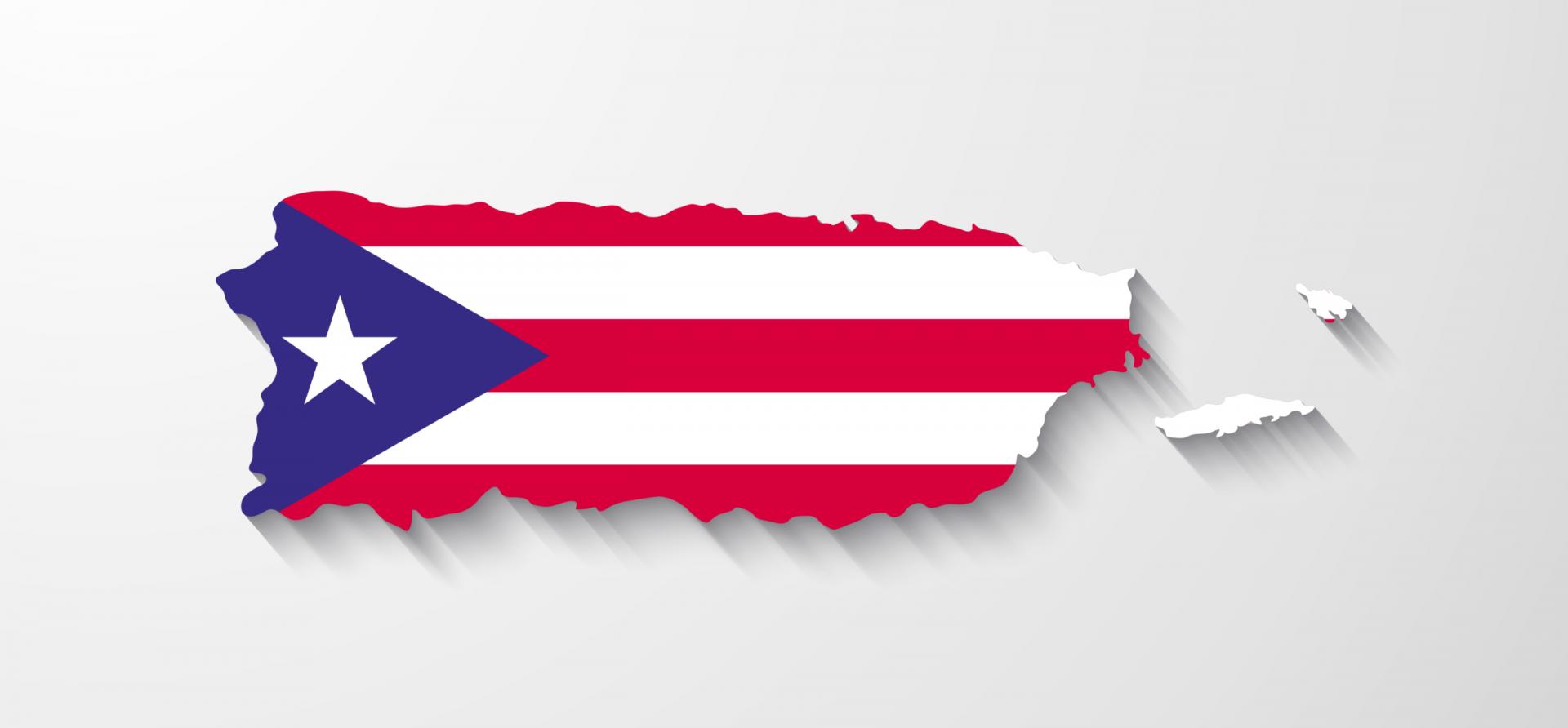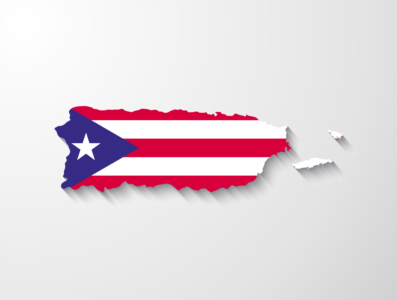Puerto Rico Redux: PREPA Should Go Back to the Drawing Board

 Here’s a core tenant of any well-functioning electricity utility: Households and businesses in the service area of the utility must be able to afford the rates charged by the utility.
Here’s a core tenant of any well-functioning electricity utility: Households and businesses in the service area of the utility must be able to afford the rates charged by the utility.
When rates are too high, damage of all sorts results. This is what’s happening today in Puerto Rico, where electricity rates exceed 16 cents per kilowatt hour, far higher than the island’s economy can handle.
In our view, Puerto Rico’s electric rates should be closer to 12 cents per kilowatt hour, a baseline from which they could be allowed to rise over the next few years to accommodate new borrowings to upgrade the island’s aging electricity grid.
The Puerto Rico Electric Power Authority instead has proposed a rate of 20 cents per kilowatt under its current debt-refinancing and grid-development plan, a plan that would push rates to 25 cents per kilowatt hour over the next five years. Such rates assume an affluent population and a fast-growing economy. Puerto Rico’s median family income is $19,000, though, and GDP growth will likely be either negative of near zero in the foreseeable future.
Our principal criticism of the PREPA plan is that it does not reduce the authority’s debt to manageable levels. Even after achieving some debt reduction from bondholders, debt levels remain in excess of $8 billion under the new plan, far too much for the economy to support and far too much for PREPA itself to deliver its improved-grid promises. If PREPA is actually going to invest $2.4 billion or more to upgrade its grid, the current debt levels need to be reduced to $3 or $4 billion.
The problems dogging PREPA are severe, long-standing and will not be solved by half measures. Bond deals traditionally share reward and risk among stakeholders. but in this case rewards have been dished out to bondholders while risks to PREPA and its ratepayers have been ignored.
IT’S NOT A SUSTAINABLE SITUATION, AND THAT’S THE GIST OF A LAWSUIT FILED on Aug. 18 by a coalition of nine business organizations challenging PREPA’s new plan and the price adjustment mechanism it contains. These business groups, who span the commercial, industrial and renewable-energy sectors, have concluded quite correctly that the new plan will make rates unstable, and the rates will likely rise beyond what PREPA has projected.
The problem on this point is that PREPA’s new plan allows rates to be reset every quarter as economic conditions change. We expect rates to rise under this mechanism for the simple reason that Puerto Rico’s consumers buy less electricity now than they did in the past. As sales go down ratepayer prices go up because fixed monthly cost must be covered by a smaller amount of electricity sales. To overbuild new plants is to incur large capital costs for underused power generation. Piling new debt on top of old debt will help no one.
What the business groups point out, and what IEEFA concurs on, is that businesses and households require certainty in electricity bill expectations in order to keep their budgets balanced. Rate instability makes it all but impossible to establish workable financial plans. This is particularly true of businesses in Puerto Rico, where profit margins are slim.
Here’s another failing in the new law governing PREPA’s restructuring: It prohibits the Puerto Rico Energy Commission from reviewing and approving whether prohibits PREPA’s new $8 billion debt deal—the supposed justification for higher rates—is just and reasonable. The sunlight that one would expect from the regulatory overseer has been turned off. The commission is not allowed to review the particulars of the debt deal. And the commission did not review the new interest rates or the prudence of the deferral of the principal on the debt, although our research shows that the debt deal does not even meet minimally acceptable standards provided by Moody’s credit agency.
In a normal bankruptcy proceeding, bondholders would have been required to take deeper losses than those imposed in PREPA’s deal. And ratepayers would pay less.
The Puerto Rico Energy Commission was also kept out of the loop on high fees charged by PREPA consultants and lawyers. Although PREPA assured ratepayers that such fees would total $44 million, IEEFA and the commission have identified an additional almost $50 million in such fees, and the incompleteness of the record suggests these costs will be even higher. This raises a question: If the people who have been hired to help PREPA save money cannot control their own costs, what credibility do they have?
The fees tied to the PREPA deal are a scandal unto themselves. We think they could end up exceeding $100 million, an amount that over 25 years would support 600 Puerto Rican median-income households. Instead it goes, now, to a handful of bond-industry operators.
The problem with PREPA’s plan is not that it will use natural gas. Some natural gas use is plainly in order. The problem natural-gas wise with PREPA’s planning is that from an energy-planning and financial-planning perspective, PREPA is committing to a huge natural-gas capacity buildout without knowing how much solar and energy efficiency can be developed.
Natural gas is cheap now, but no one can argue it will stay that way for the next 25 years. Renewable energy can provide some desperately needed long-term rate stability.
And while the U.S. Energy Information Administration sees natural gas and solar energy as cost competitive with one another on the mainland, gas is more expensive in the Puerto Rico context because it must be imported and requires a large new gas port—infrastructure that is not required for solar energy development.
What we’re learning from our work around the world is that many governments and companies are turning to renewable energy because it is anti-inflationary. Renewable-energy operating costs are not subject to commodity ups and downs that have been historically problematic for places like Puerto Rico. We see island communities like Hawaii and the Virgin Islands ramping up solar energy investments, but we also see solar and wind energy claiming larger market shares in India, China, Germany, the U.K., and in dozens of other countries.
In the U.S., states like Texas and Colorado are expanding their renewables industry to levels thought impossible only a few years ago, and that expansion is now an important job creator.
The need for rate reform in Puerto Rico is obvious. It must go hand in hand with meaningful debt restructuring. A grid upgrade must be part of this difficult process, along with serious investment in the island’s vast renewable-energy potential. A balanced budget approach is crucial too.
It’s not a simple tangle but nor is it insurmountable. Financial, regulatory, energy, economic and technology sectors can work together to get there. As it stands, PREPA’s “recovery” plan is woefully out of whack. So long as this remains the case, the results will disappoint.
Tom Sanzillo is IEEFA’s director of finance.
RELATED POSTS:
PREPA Is Paying a High Price, and for Consultants Who Didn’t Get the Job Done
Private Sector Sues PREPA to Stop One of the Largest Rate Increases in Recent US History
New Debt Deal Was Supposed to Solve PREPA’s Financial Problems. It Doesn’t.














